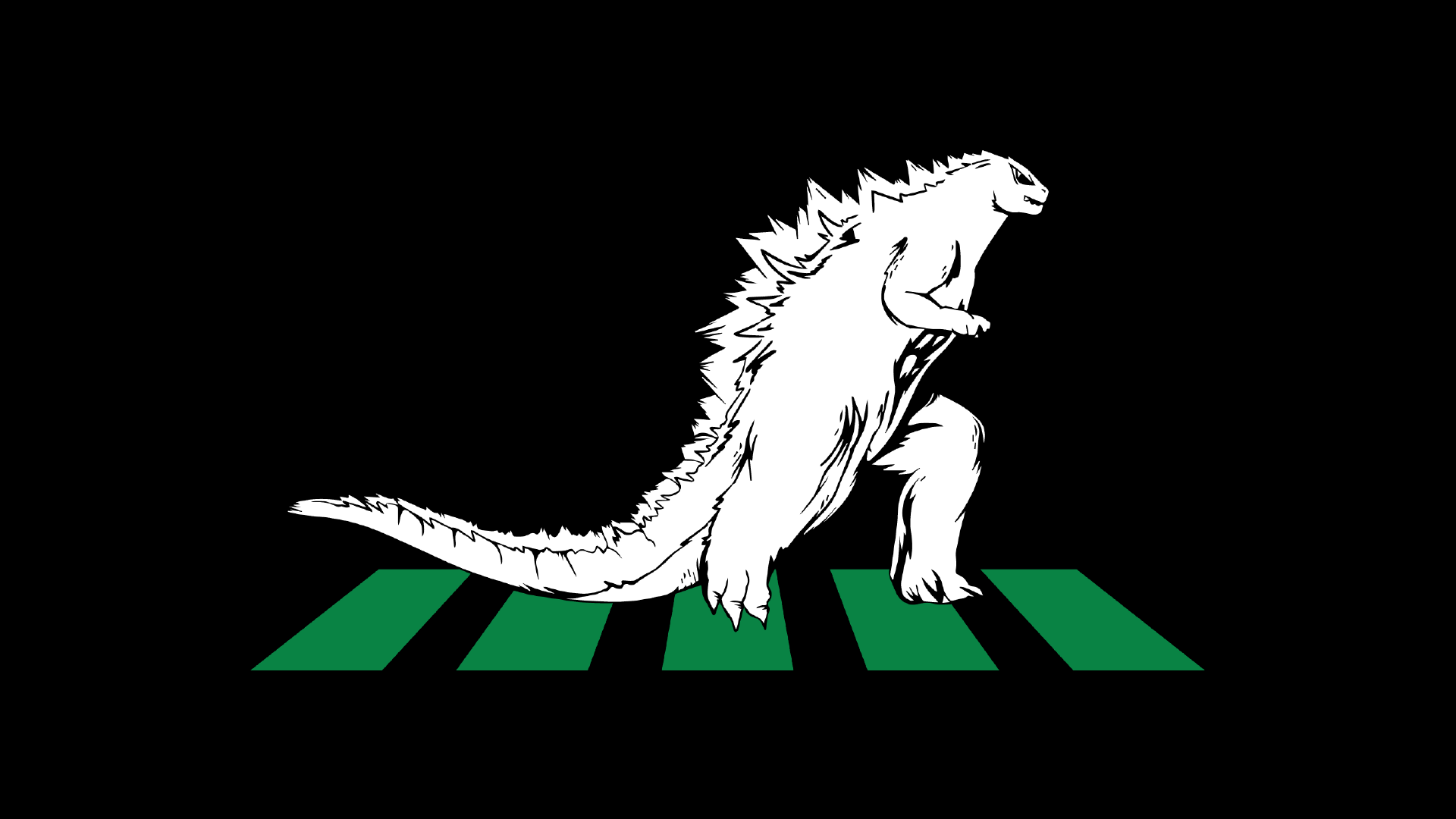Waiting for A|B test results

Having one perfect idea is quite hard – knowing that you have a perfect idea is even harder. What happens more often is that we have two or more ideas that we know are good, we’re just not sure which one of them is great. This is where A|B testing comes in. In the marketing world, there are often multiple approaches to a campaign or even a simple organic post. Should we use bright colors? Is our text casual enough? Is that product shot too big? While we are good at asking those questions, answering them is where it would be difficult. If we were to answer those questions ourselves, we would be assuming and that is one of the biggest mistakes you can make when working in Digital Marketing.
So we look at the data. “A/B testing lets you change variables, such as your ad creative, audience, or placement to determine which strategy performs best and improves future campaigns” [1]. The way Meta does this is by randomly sharing your variable to divided sections of your audience, with an equal budget, so all variables are seen equally. Once an A|B test is complete, you will have a result which indicates whichever of the tested variables has the best performance tendencies so that you can focus your budget on that variable (creative, copy, audience, placement, etc).
You might be asking yourself “If I don’t know what’s better, how come the algorithm does?!”. The algorithm uses the same information you would, just for a much shorter time. The winning variable is picked based on performance measured by Cost per Result and/or Cost per Conversion Lift. Cost per Result measures how much you spent to achieve your desired result.
For example, if you launched a campaign to increase Engagement, your main cost-metric would be Cost per Engagement. A high cost is an indication of poor performance whereas a low cost means that your campaign was optimized correctly. Similarly, Cost per Conversion list is also an efficiency metric. It is used to determine the cost per conversions that happened as a direct result of the A|B test. This is an estimated cost seeing as it hypothetically calculates the number of conversions that would have occurred without the testing.
